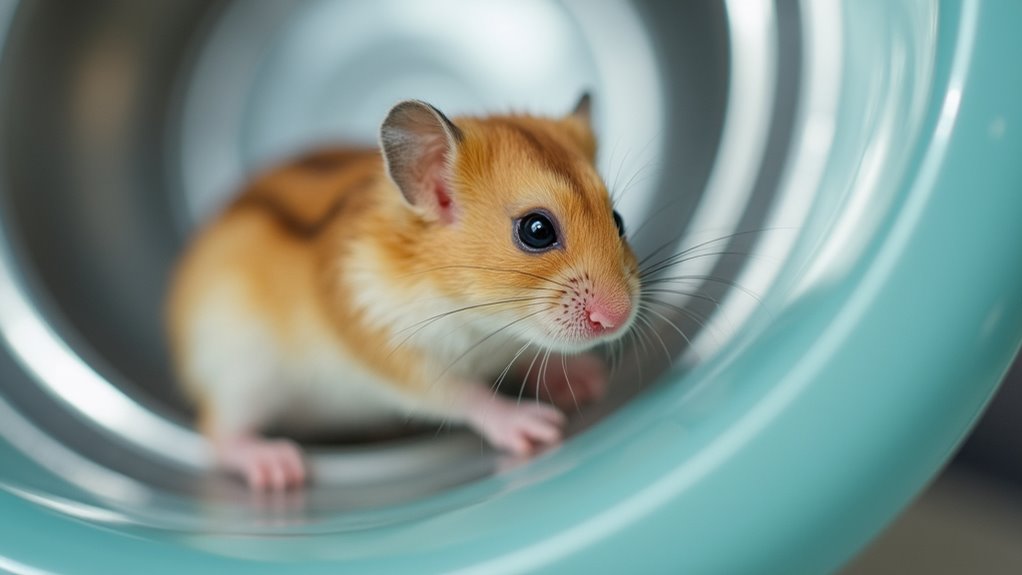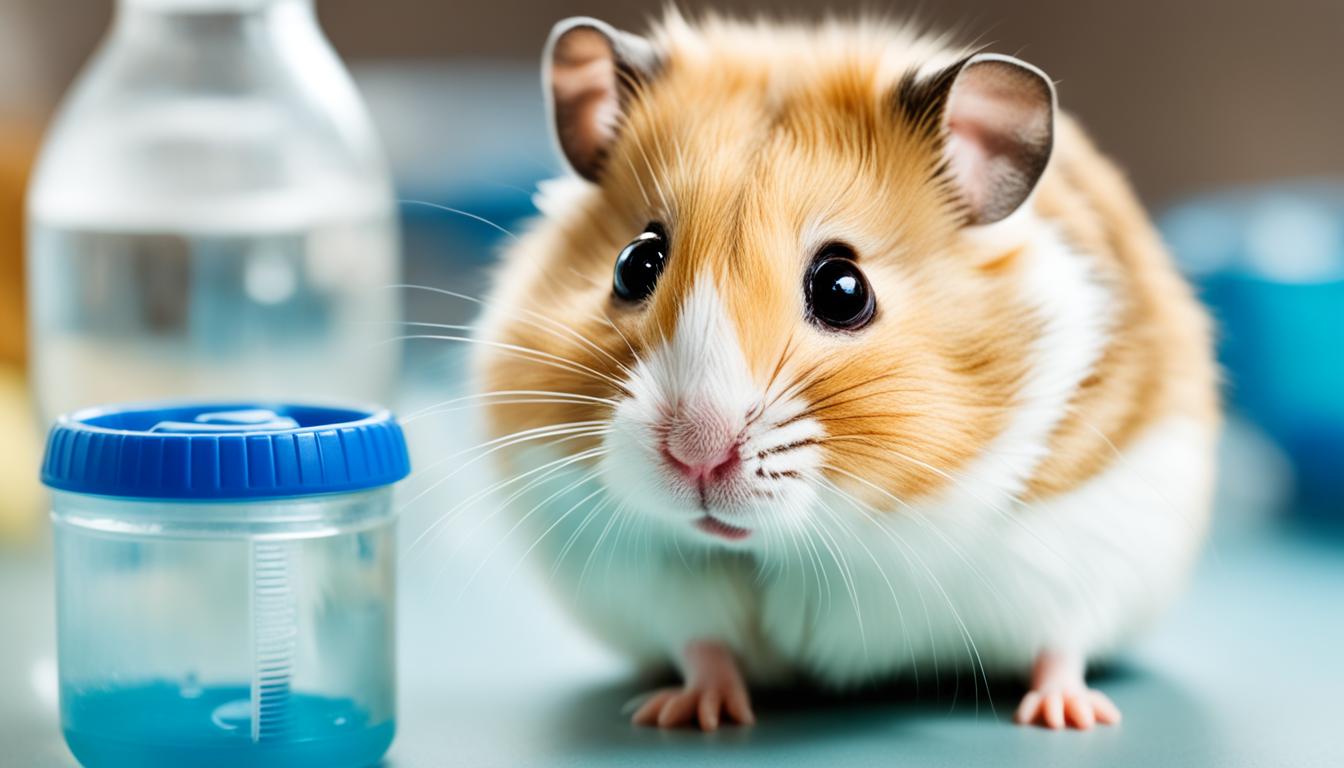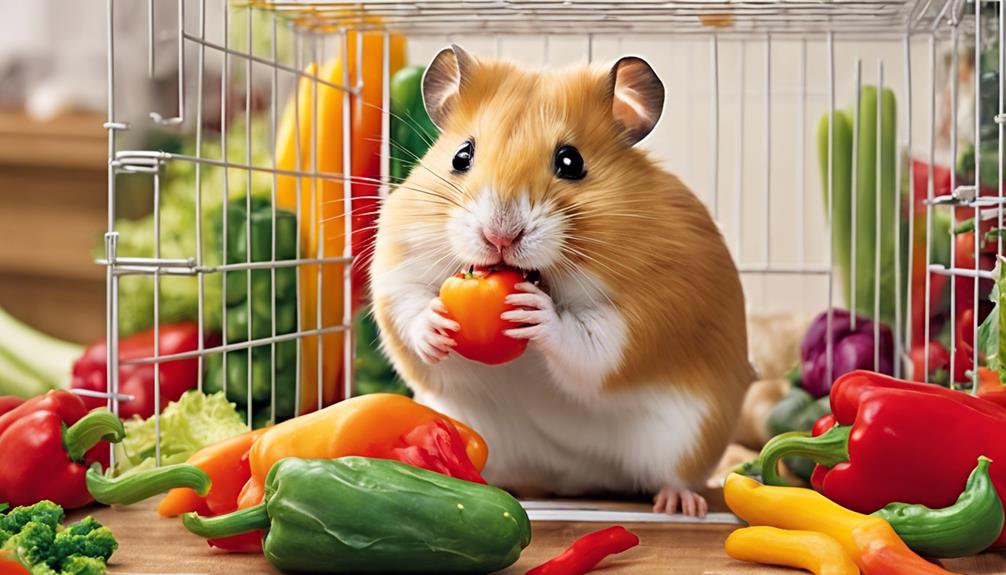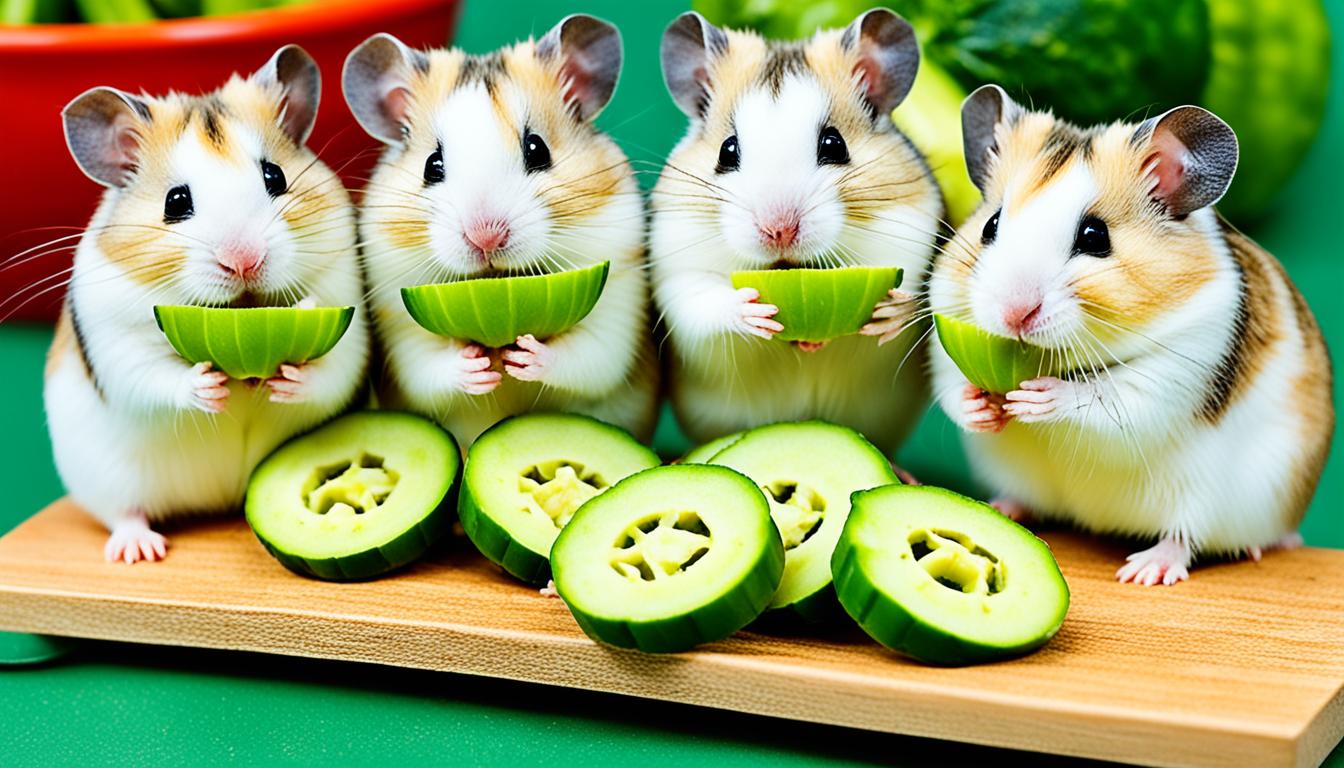You may wonder why your hamster runs on its wheel so much. Hamsters have a natural instinct for activity and need regular exercise to stay healthy and happy. Running on the wheel helps them burn off energy, reduce stress, and mimic their wild behaviors. Well-designed wheels with smooth surfaces and proper size encourage natural running. If you want to learn more about your hamster’s behavior and how to support it, keep exploring these fascinating habits.
Key Takeaways
- Hamsters run on wheels to fulfill their natural activity needs and prevent obesity.
- Running releases endorphins, improving mood and reducing stress.
- Properly designed wheels encourage consistent exercise and support health.
- Wheel activity is driven by innate instincts for physical and mental stimulation.
- Providing enrichment options alongside wheels helps meet natural behaviors and reduces over-reliance.
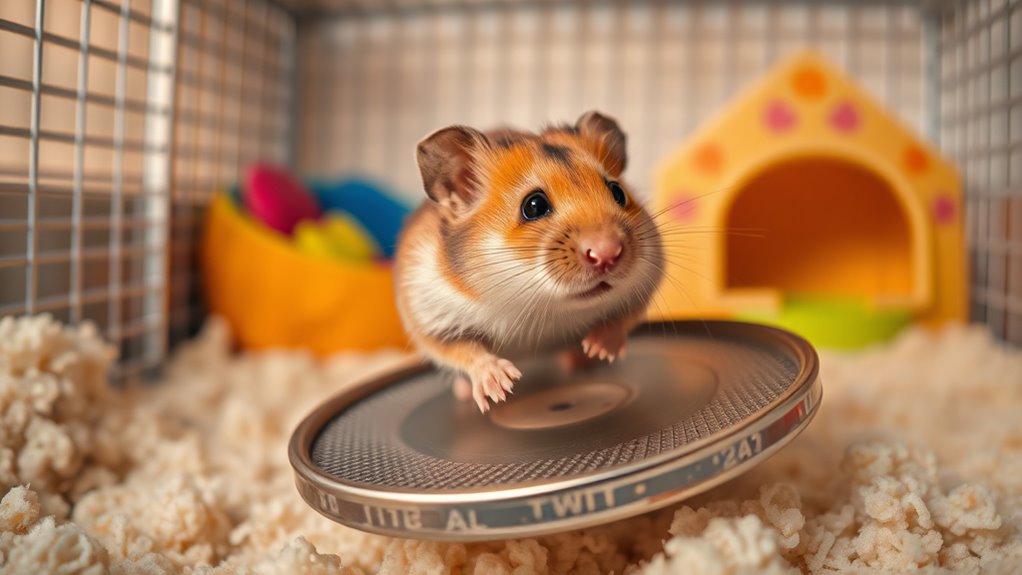
Many people observe that both hamsters and humans can get caught in repetitive cycles of activity, often feeling stuck despite constant effort. As a pet owner, you might notice your hamster running tirelessly on its wheel, seemingly without purpose. This behavior isn’t just random; it’s deeply rooted in their instincts and biological needs. Understanding why hamsters run on wheels helps you better cater to their well-being and recognize the natural drives behind their actions.
One key aspect to consider is exercise motivation. Hamsters are naturally active creatures that require regular physical activity to stay healthy. Running on a wheel provides a convenient outlet for their energy, especially in confined spaces where they might not have access to larger areas for movement. When they run, their bodies release endorphins, which improve mood and reduce stress. This makes the wheel not only a physical necessity but also a mental relief for your pet. If your hamster seems eager to run for hours, it’s likely driven by genuine exercise motivation, which is essential for preventing obesity and promoting overall health.
Hamsters run on wheels driven by natural exercise motivation and stress relief.
Another critical factor influencing hamster wheel behavior is wheel design. Not all wheels are created equal, and the right design can make a significant difference in your hamster’s activity levels. A poorly designed wheel—such as one that’s too small, too noisy, or has a rough surface—can discourage use or even cause injuries. Ideally, you want a wheel that’s at least 8 inches in diameter for dwarf hamsters and larger for bigger breeds. The surface should be smooth and solid to prevent foot injuries, and it should spin quietly to avoid stressing your pet. When the wheel is well-designed, it encourages consistent running, fulfilling your hamster’s natural urges and ensuring they get enough exercise to stay healthy. Additionally, providing a variety of enrichment can stimulate their mental and physical well-being beyond just the wheel.
If you notice your hamster running extensively, it’s tempting to think it’s just a habit or boredom. While boredom can contribute, it’s often more about fulfilling their innate needs. Instead of discouraging the behavior, focus on providing a variety of enrichment options alongside the wheel. This includes chew toys, tunnels, and climbing structures. These additions help distribute their energy, reduce over-reliance on the wheel, and enrich their environment. Additionally, ensuring your hamster has a balanced diet can support its activity levels and overall health.
Frequently Asked Questions
Do All Hamsters Enjoy Running on Wheels Equally?
Not all hamsters enjoy running on wheels equally. Their wheel preferences often depend on their individual personality and activity levels. Some hamsters are naturally more energetic and love running, while others prefer resting or exploring. You’ll notice variations in their enthusiasm for the wheel. Pay attention to your hamster’s behavior; if it seems disinterested or stressed, it might have a different personality or prefer other forms of exercise.
Can Excess Wheel Running Indicate Health Issues?
Excess wheel running can sometimes signal health issues in your hamster. If your pet engages in excessive exercise, it might lead to wheel injuries or indicate stress or boredom. Keep an eye out for signs of overexertion, such as limping or fatigue. Providing a balanced environment with toys and proper cage size helps prevent excessive exercise and reduces the risk of injuries, ensuring your hamster stays healthy and happy.
How Can I Tell if My Hamster Is Bored?
Did you know hamsters sleep up to 20 hours a day? If your hamster seems overly active or restless during its usual sleep times, it might be bored. You’ll notice changes in its behavior, like excessive wheel running or gnawing. To keep it stimulated, add cage enrichment options like tunnels or toys. Monitoring its sleep patterns and providing variety helps make certain your hamster stays happy and engaged.
Are There Specific Wheel Sizes Suitable for Different Hamster Species?
When choosing a wheel size, you need to take into account species-specific requirements. For smaller hamsters like dwarf varieties, a wheel with a diameter of 6-8 inches works best. Larger species, such as Syrian hamsters, require at least a 12-inch wheel to prevent back problems. Always select a wheel that comfortably supports your hamster’s size, ensuring it can run naturally without arching its back or feeling restricted.
Does Running on a Wheel Provide Enough Mental Stimulation?
Think of your hamster’s mind as a garden needing constant tending. Running on a wheel offers some mental engagement, but it’s like watering just one flower. To truly enrich your pet’s life, incorporate diverse enrichment activities that challenge their curiosity and instincts. This mental stimulation helps prevent boredom, promotes healthy behavior, and keeps their little world vibrant and engaging beyond the simple act of wheel running.
Conclusion
So, next time you see a hamster darting on its wheel, remember it’s not just running in circles—it’s dancing with its instincts, a tiny explorer chasing freedom within its cage. That wheel is like a miniature universe, spinning stories of energy, curiosity, and survival. Embrace the wonder behind their endless circles, knowing they’re not just exercising but expressing their wild spirit. After all, even in a small wheel, big adventures can happen.
